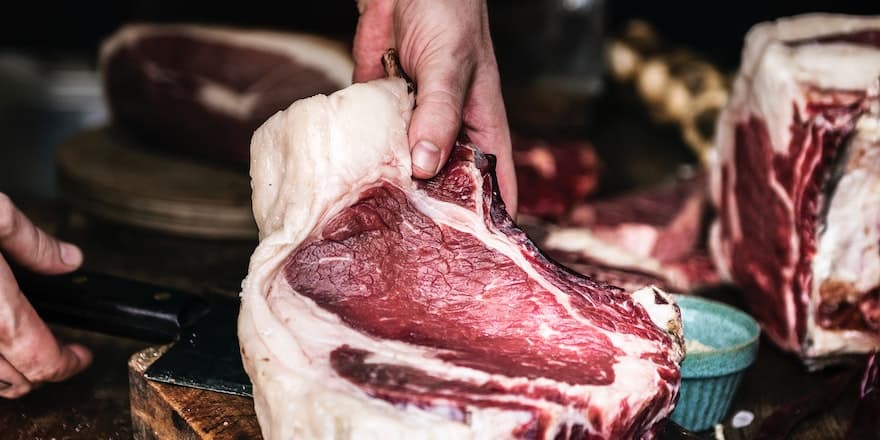Top 7 Iron-Rich Foods
Iron exists in two forms: heme iron and non-heme iron. Heme iron, which is primarily found in animal products (red meat, fish, offal), is better absorbed by the body than non-heme iron, found in plants, eggs, and dairy products.
To understand everything about this element, check out the section after the list!
Black Pudding
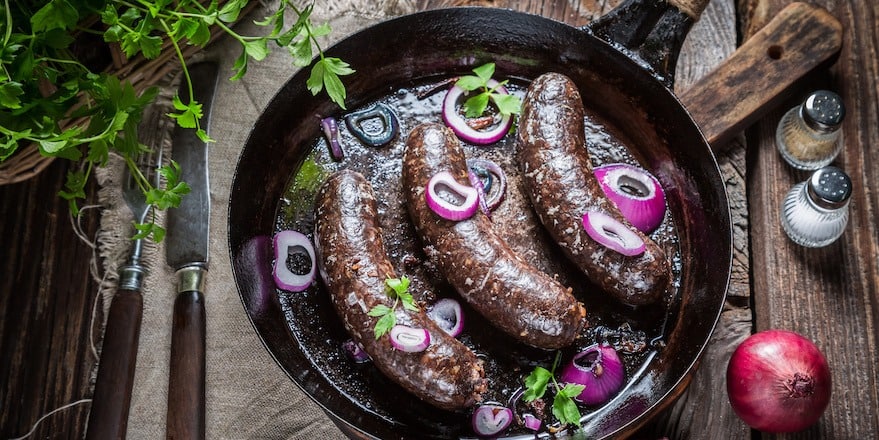
Black pudding is one of the richest foods in iron: it contains about 23 mg of iron/100 g.
Black pudding can be eaten as a starter with a salad or serve as a special dish for lunch. You can also prepare black pudding with apples!
Offal

Beef liver, chicken liver, beef or lamb kidneys also contain iron (7 to 12 mg per 100 g depending on the variety).
They are low in fat and go well with vegetable dishes (green beans, broccoli), accompanied by starches (potatoes, rice). Prefer baking to avoid adding fats.
Red Meat
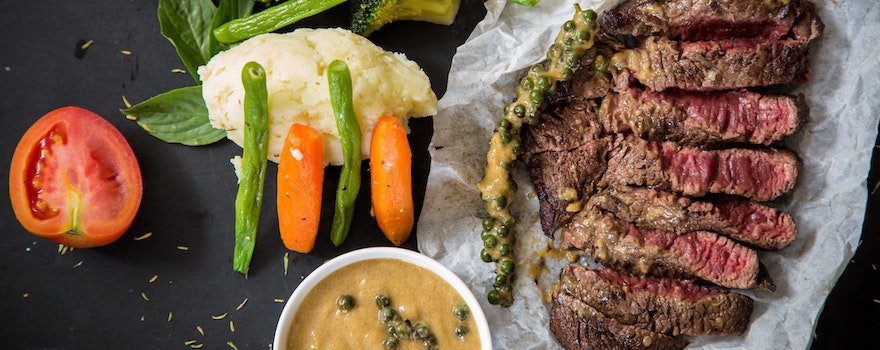
Red meat (beef) is generally discouraged in nutrition as it is considered too rich and fatty. It should also be noted that consuming red meat today poses ecological issues. However, it is very interesting for its iron content.
Pregnant women or people with anemia are advised to consume it regularly. However, it is best to limit consumption to two or three times a week for a balanced diet.
Eating a good steak or a portion of roast meat at lunch provides a good energy supply for the end of the day.
Avoid combining red meat with fries or overly fatty sides. Vegetables such as zucchini, green beans, salsify, accompanied by whole-grain rice, for example, make a healthy and dietary accompaniment.
Seafood
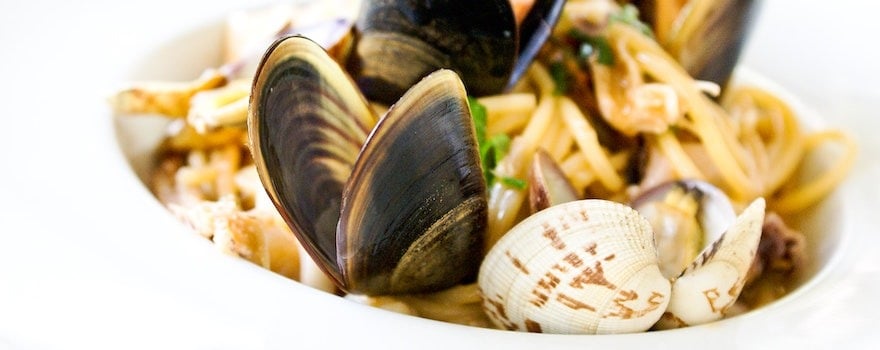
Seafood contains many essential nutrients: zinc, vitamin B12. They also contain iron. Preferably consume: periwinkles, mussels, quahogs or clams.
These seafood options are low in calories. They can be eaten as a starter, in a unique recipe, at lunch or dinner, as a main course. Clams go very well with pasta dishes, cooked with a light tomato sauce, for example.
Spirulina
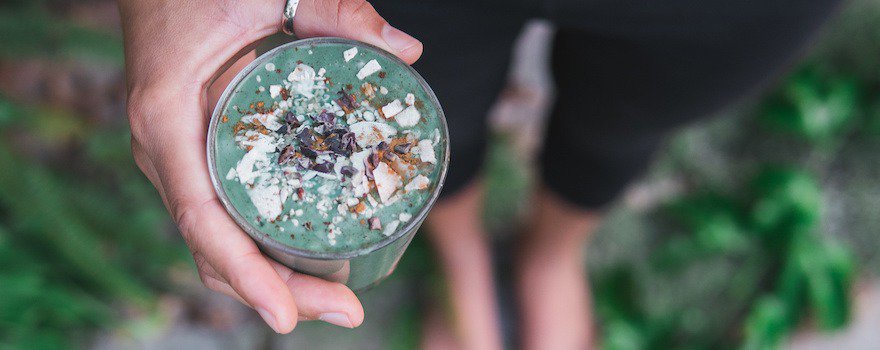
Spirulina is a cyanobacterium often mistaken for a microalgae. It is the most nutritious food after breast milk! It is particularly interesting for its iron content: 28.5mg per 100g.
It is consumed in flakes, powder, or tablet form depending on whether you like its iodized taste or not. Ideally, its consumption should be combined with vitamin C (for example camu camu or citrus fruits). This way, iron is better absorbed by the body.
Tofu

Tofu is a legume derived from soybeans. It has many nutritional qualities because it contains all the essential amino acids our body needs and is thus a good source of plant-based protein. It is also an excellent source of iron! It contains 5.4 mg of iron per 100g of tofu.
There are many ways to cook it, and it is advisable to take inspiration from Asian cuisine. It is grilled in a pan with a bit of oil, blended in salads with other legumes… The advantage is that it has little taste, so don’t hesitate to season it!
Beans
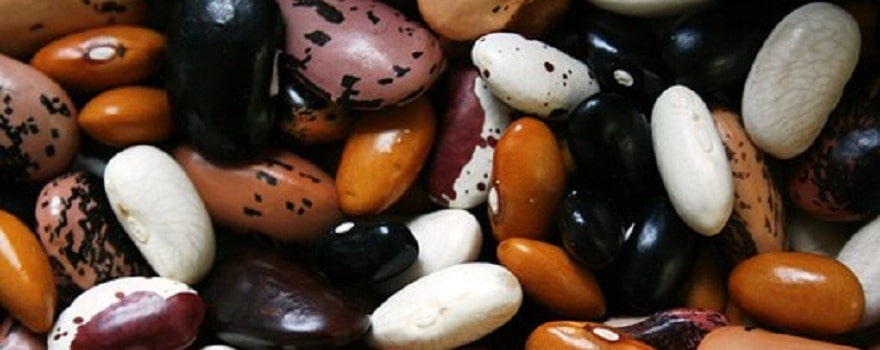
Green, white, and red beans contain 2 to 2.5 mg of iron per 100g. Beans make an ideal accompaniment for lunch and dinner meals.
The most commonly used cooking method for beans is boiling. Green beans can also be steamed. These two cooking methods help lighten meals.
Prefer white and red beans, rich in starches, for lunch. Green beans will accompany fish or lean meats during low-calorie dinners.
Also note that iron is soluble in water. The cooking water from green beans, for example, can make an excellent broth for cooking an iron-rich soup.
Definitions and Role of Iron in the Body
Iron, represented by the symbol Fe, is present in small amounts in the body. Indeed, it is estimated that the body of a man weighing about 70 kg contains 4 g of iron in total, while that of a woman weighing about 60 kg contains 2.5 g of iron.
The body does not produce iron. However, it does store reserves based on dietary intake. It is therefore important to vary your diet to maintain regular iron intake. The absorption of this trace element occurs in the small intestine. Iron is also stored in the liver.
The body regulates its reserves according to its needs. If iron reserves increase, the absorption rate decreases. It increases if the reserves are too low. This self-regulation system helps to prevent deficiencies and overdoses.
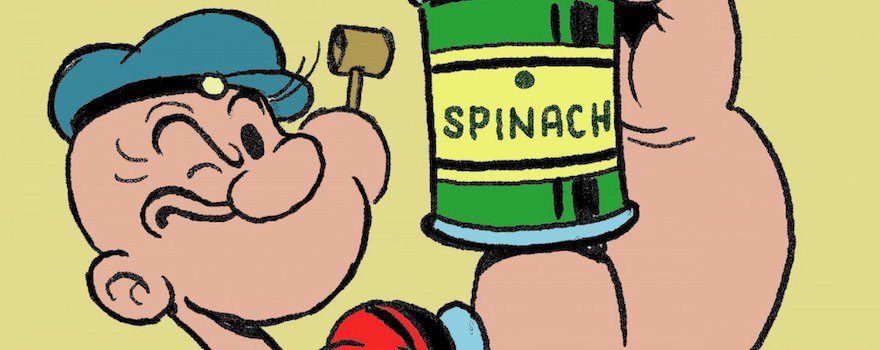
Iron plays a role in the transport of oxygen to the cells, in the formation of red blood cells, in the production of the body’s energy (Adenosine Triphosphate or ATP), as well as in cell differentiation and growth.
The benefits of iron
- Formation of hemoglobin, a blood component that ensures oxygen transport to body tissues. Hemoglobin is essential for cell oxygenation.
- Composition of myoglobin, an element similar to hemoglobin, which ensures an oxygen reserve within muscle cells.
- Composition of various enzymes, which themselves intervene in different physiological processes (formation of DNA, synthesis of hormones like dopamine or norepinephrine).
- Formation of body energy through ATP production, following different metabolic reactions.
Diet helps to ensure and build the body’s iron reserves.
Symptoms of iron deficiency
An iron deficiency can cause a significant drop in hemoglobin levels in the blood, a condition known as anemia.
Deficiencies can be attributed to insufficient dietary intake—vegan diet for example, to heavy blood loss—periods, stomach ulcers, hemorrhoids, digestive hemorrhages.
Symptoms of iron deficiency include:
- Chronic fatigue
- The appearance of pallor
- Breathing difficulties during exertion
- Muscle weakness
- Hair loss
- Decreased effectiveness of the immune system (with frequent infections)
Recommended daily iron intake
Young children (under 3 years old), young women of childbearing age (those with menstrual cycles), pregnant women, and athletes are more prone to developing iron deficiencies.
Their needs are greater, so it is important for them to ensure regular dietary iron intake.
The recommended daily iron intakes are:
- for children aged 0 to 6 months: 0.27 mg/day
- for those aged 7 months to a year: 11 mg/day
- from 1 to 9 years: 7 mg/day
- from 10 to 13 years: 10 mg/day
- from 13 to 19 years, for young girls with periods: 14 mg/day. Young boys of the same age have lower needs: 12 mg/day
- Women of childbearing age: 11 to 16 mg/day
- Pregnant women: 25 to 35 mg/day
- Breastfeeding women: 10 mg
- Men and seniors (75+ years): 10-11 mg/day
Adolescent girls and young women of childbearing age have increased iron needs due to menstruation.
Young children (under 3 years) are in a phase of rapid growth, while pregnant women have greater nutritional needs due to the baby’s development during pregnancy.
Their iron needs are therefore higher than normal. Some infant formulas are enriched with iron to meet young children’s needs.
For pregnant women, ensuring sufficient iron intake is difficult through diet alone.
Doctors generally prescribe medicinal iron supplements to expectant mothers to prevent anemia. These treatments are coupled with biological monitoring (regular blood sampling).
Dangers, side effects, and iron overdose
Excessive iron can occur with the consumption of dietary or medicinal supplements. Iron is believed to have an oxidative effect, which could increase the risk of cardiovascular diseases.
Iron overdose may also impact the incidence of colorectal cancers. However, these effects have not yet been definitively proven scientifically.
Hemochromatosis is a genetic disorder that leads to the accumulation of iron in the body. It is difficult for the body to eliminate this excess iron, which accumulates in the pancreas, heart, or liver.
The symptoms of the disease generally appear around the forties or even the fifties. Liver, pancreatic, or heart diseases may then manifest. Hemochromatosis is treated through regular bloodletting (to remove excess iron from the body). This treatment is carried out in a hospital setting.
Warning: it is preferable to avoid taking iron supplements without a medical prescription. Consuming iron-containing foods helps to limit the occurrence of deficiencies.


